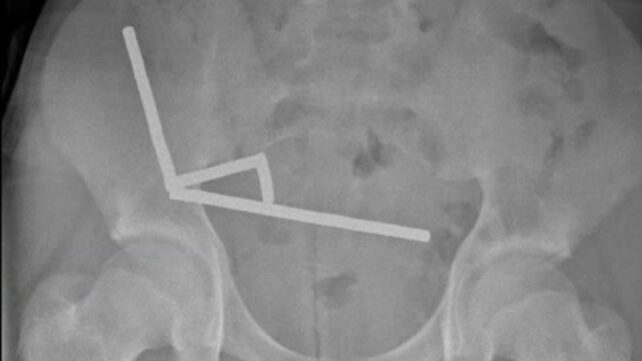Australia’s Health Star Rating (HSR) system turns ten this year, but nutrition experts warn this government-backed food label might be steering families toward unhealthy choices rather than helping them.
Launched in June 2014, the HSR was developed by Australian and New Zealand governments working with food companies, health experts, and consumer groups. The system rates packaged foods from half a star to five stars, with more stars supposedly indicating healthier options.
The government created the HSR after a 2011 food labeling review led by former Health Minister Neal Blewett. The goal was simple: help shoppers quickly compare similar products without struggling to understand complex nutrition panels on package backs.
Ten years later, the system faces harsh criticism. Pediatric nutritionist Mandy Sacher doesn’t hold back, calling the HSR “a ticking public health time bomb” that could someday be viewed as “the asbestos scandal of our food system.”
The main problem, critics say, is how ratings are calculated. The HSR algorithm only looks at nutrients like sugar, salt, fat, protein, and fiber. It completely ignores how processed foods are, creating a situation where heavily manufactured products can score high ratings through technical manipulation.
“Products full of additives, synthetic fibers, emulsifiers, artificial sweeteners and industrial seed oils are scoring 4 or 5 stars,” Sacher explains, “yet emerging evidence links these ingredients to ADHD, gut damage, insulin resistance, anxiety, depression and cancer.”
Food companies can “game” the system. By adding protein powder or synthetic fiber, or by reducing salt or sugar, manufacturers can boost their star rating without making the product truly healthier or addressing concerns about ultra-processing.
Many experts believe the HSR should include the NOVA classification system, which groups foods based on processing levels from minimally processed (Group 1) to ultra-processed (Group 4). Research shows ultra-processed foods cause health problems regardless of their nutrient content.
Similar Posts
A 2023 study of 25,486 Australian products found only “fair” agreement between HSR ratings and NOVA classifications. About one-third of products showed a mismatch, with many ultra-processed foods receiving high star ratings.
Another major flaw is that the HSR remains voluntary. As of November 2023, only 32% of eligible products displayed the rating – far below the government’s 50% target. This selective use allows companies to show ratings only on their healthier products while hiding them on items that would score poorly.
The system has undergone several reviews since 2014. A two-year progress review was completed in 2017, followed by a five-year review in 2019. The latter made ten recommendations to improve the calculator and increase industry uptake, but critics say these changes don’t fix the fundamental problems.
In 2023, the government made some adjustments, including giving five stars automatically to fruit and vegetables and lowering ratings for products high in salt and sugar. However, the system still remains voluntary and doesn’t account for processing levels.
Dr. Phillip Baker from the University of Sydney has highlighted how food manufacturers can manipulate the system. Sarah Dickie from Deakin University has shown how the HSR creates a misleading “health halo” for many junk foods.
The George Institute for Global Health advocates for both a mandatory HSR system and inclusion of ultra-processing in the algorithm. Their research suggests that penalizing ultra-processed foods would significantly improve the system’s accuracy.

As diet-related health problems rise in Australia, the HSR controversy continues. The central question remains: can a system that gives high ratings to ultra-processed foods while sometimes penalizing natural whole foods truly guide people toward healthier choices?
For now, experts like Sacher advise consumers to look beyond the stars and check ingredient lists, watching for additives, emulsifiers, artificial sweeteners, and industrial oils that signal unhealthy ultra-processed foods – no matter how many stars they display. Instead, focusing on plant-based whole foods may be a better approach to improving health outcomes.

















